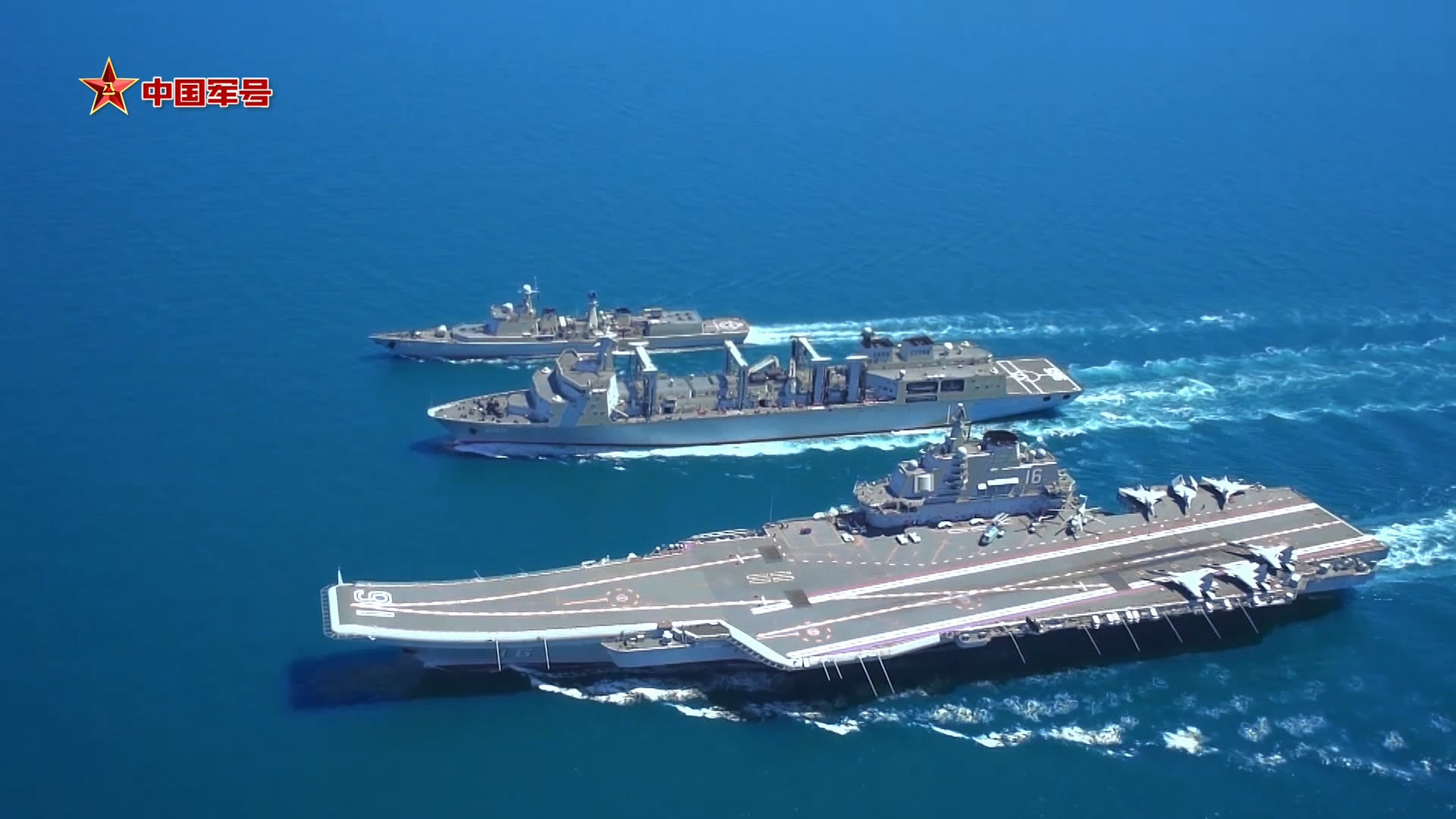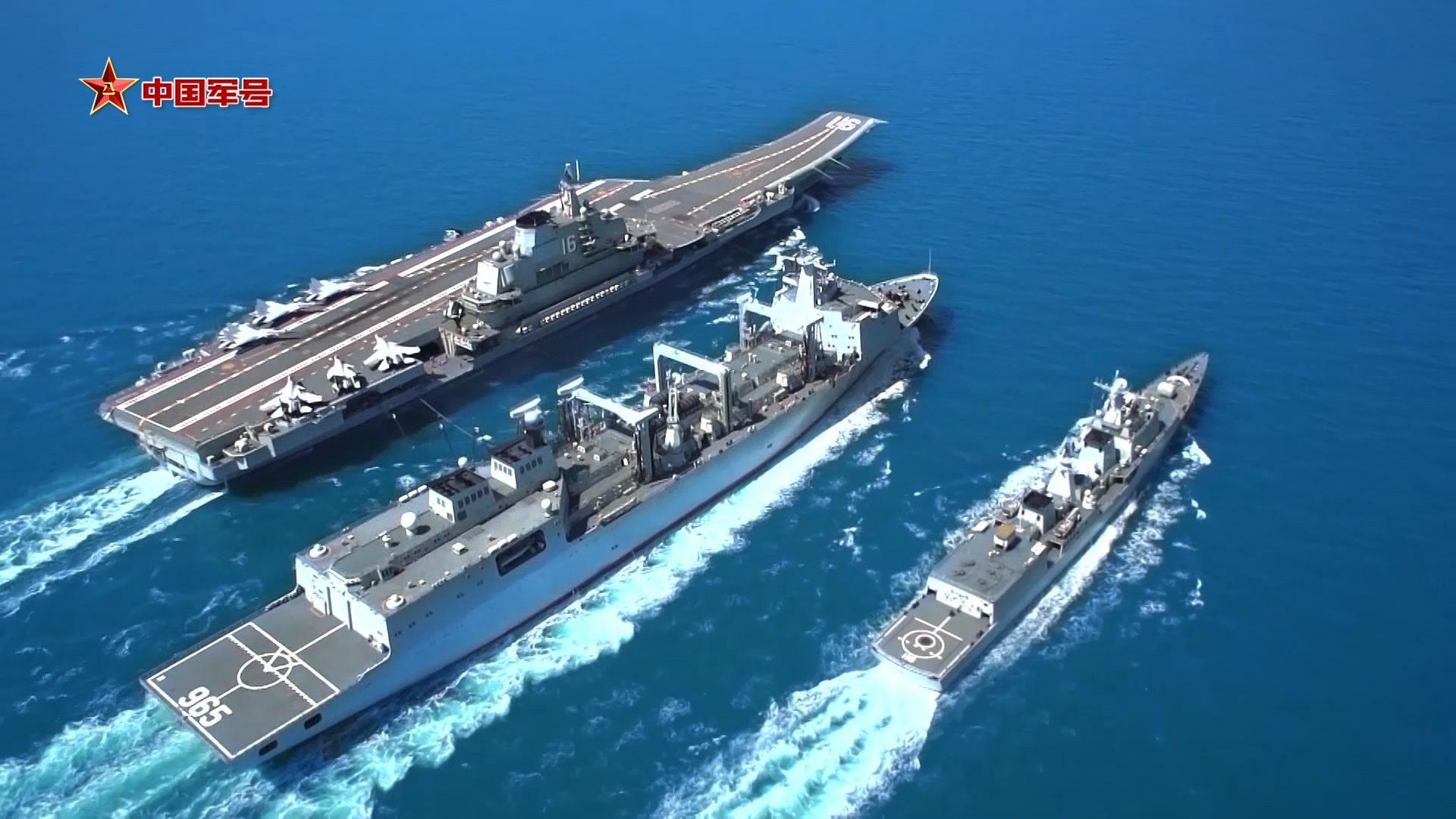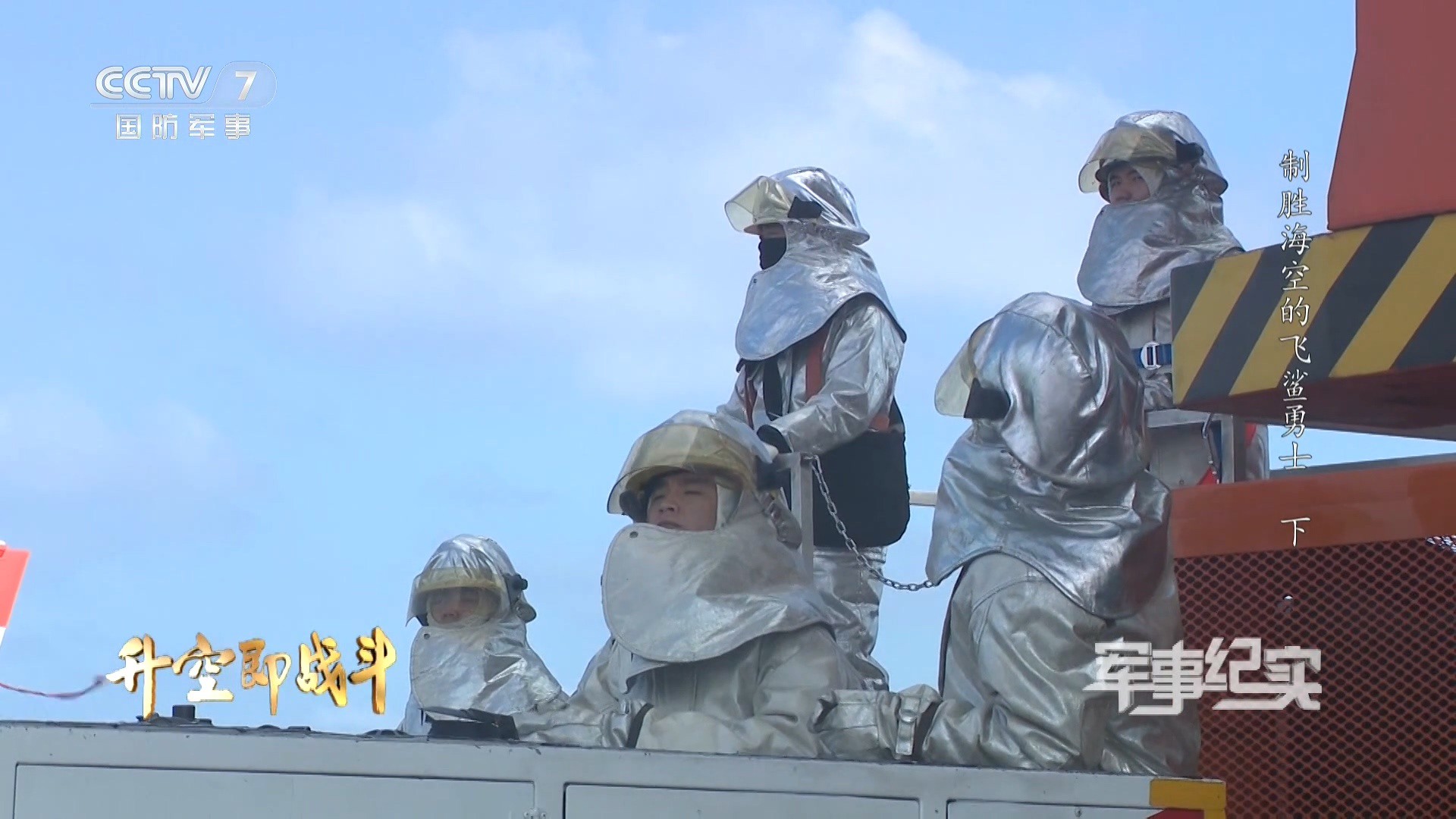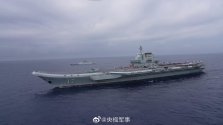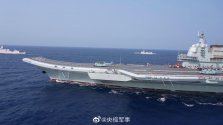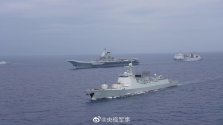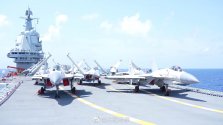On 20 July 1997, as part of Joint Fleet Exercise 97-2, the USS
Nimitz (CVN-68) with Commander, Carrier Group Seven, and Carrier Air Wing Nine (CVW-9) embarked began a simulated high intensity strike campaign. Four days later, they had generated 771 strike sorties and had put 1,336 bombs on target.
In the post-Vietnam era, no other carrier and air wing have generated as much firepower in 98 hours. The surge, as it has come to be known, incorporated all facets of littoral strike warfare—from weapons buildup in the magazines to ordnance delivery.
Carrier Air Wing Nine flew 975 fixed-wing sorties during the four day surge. Figure 1 summarizes the surge by sortie type and day. Naval Strike and Air Warfare Center (NSAWC) defined the terms:
- A strike sortie is one in which the aircraft penetrates hostile territory carrying ordnance; releases ordnance that enters hostile territory; or conducts electronic attack or offensive counterair operations as part of a strike package in which other strike aircraft satisfy the first criteria. Air interdiction, close air support, and suppression of enemy defenses are examples of strike missions.
- A strike support sortie is one in which the aircraft performs some function critical to the successful completion of a strike sortie. Tanking, electronic support measures, and combat search and rescue are examples of strike support missions.
- Other sorties include such missions as airborne early warning, defensive counterair, and functional check (maintenance test) flights.
Forty-two times during the evolution, aircraft that launched on strike missions did not meet the criteria for strike sorties. Figure 1 depicts these as sorties disqualified from strike.
Figure 2 is a composite of several counts. Note that almost 80% of the sorties flown were strike sorties; strike support accounted for another 10%. In turn, F/A-18s flew nearly 80% of the strike sorties. Almost all the targets were within 200 nautical miles of the carrier. These distances, which are not indicative of the maximum striking range of the aircraft, were driven by the location of the carrier operating area in relation to the target ranges. We show the maximum operational strike range that the strike-fighters could have reached, based on typical operational employment and time airborne. Weather in the target areas frequently forced strikes to divert to secondary targets, exercising the full range of command and control. Almost all strike-fighter sorties carried two 500pound or two 1,000-pound bombs (22% were live Mk 82 or Mk 83 bombs that required fuzing—see Figure 2) plus air-to-air weapons. Of the 771 strike sorties, 727 were loaded with bombs; 44 were EA6B electronic support sorties.

